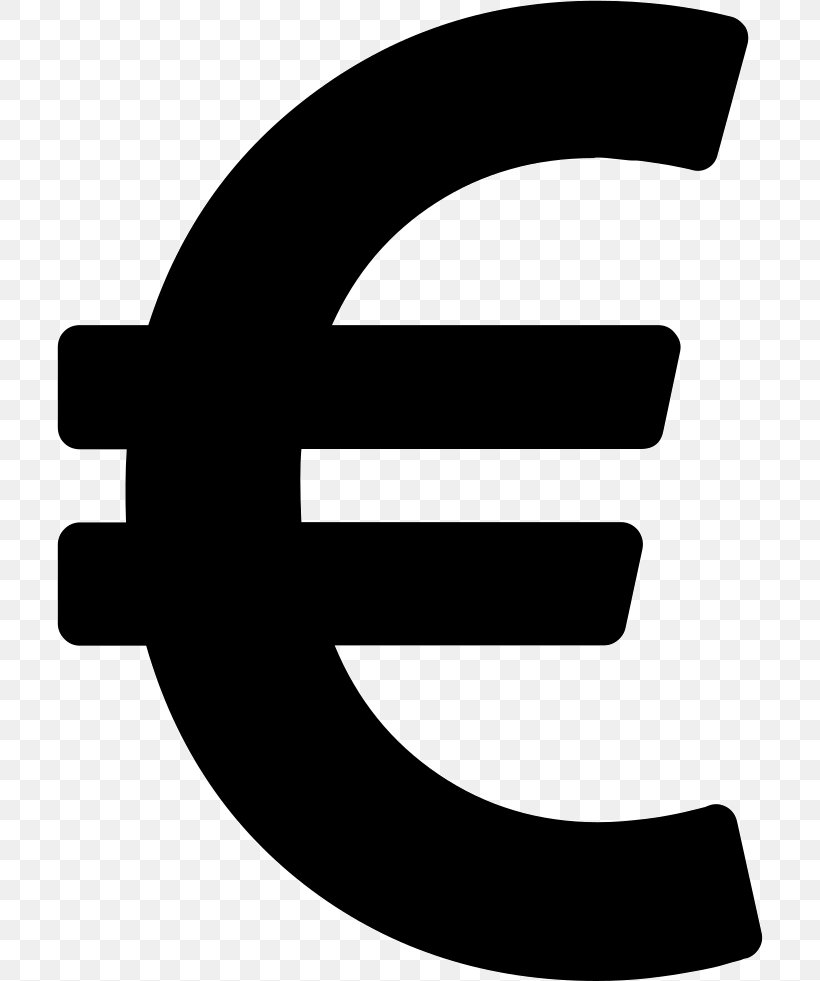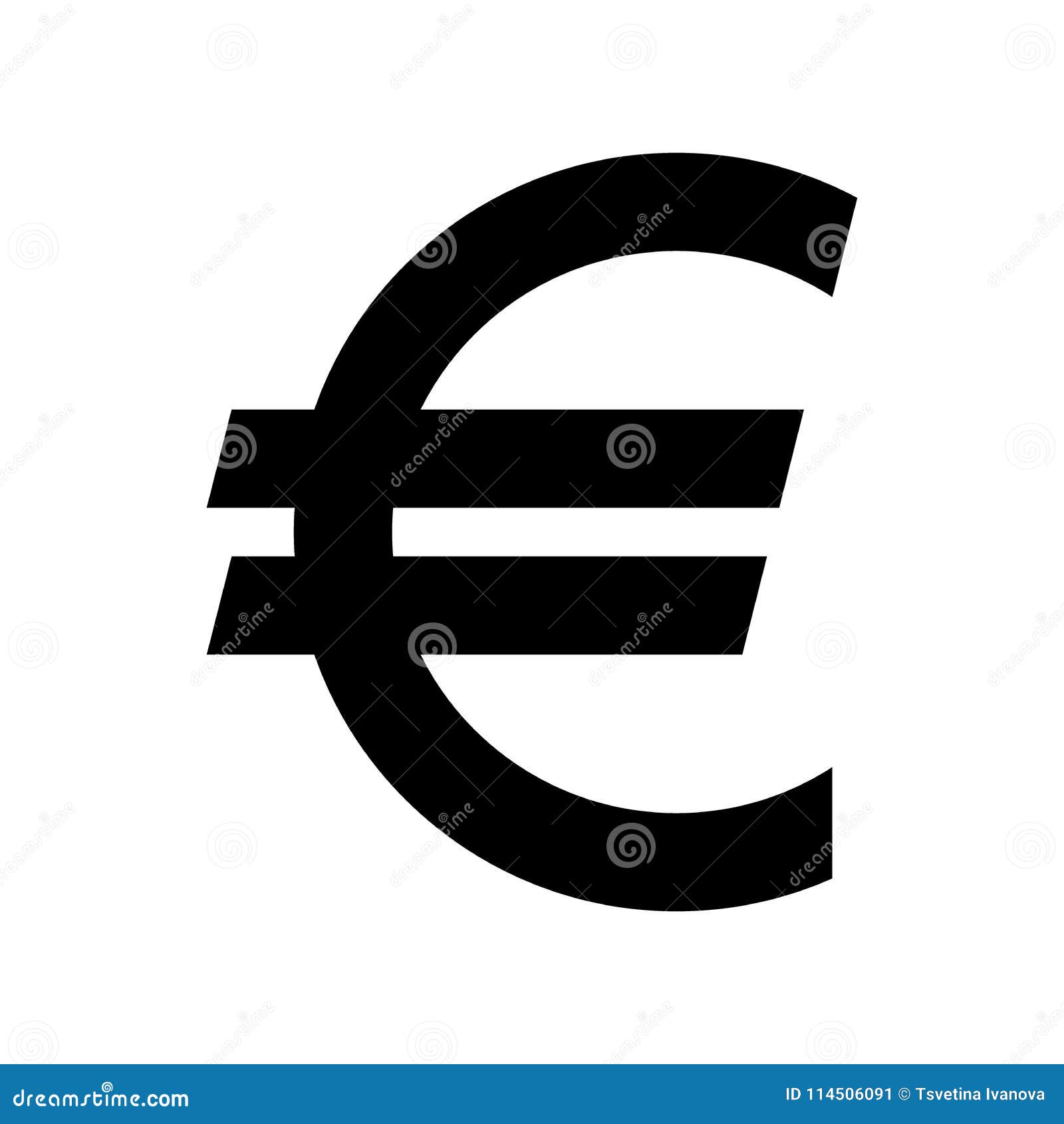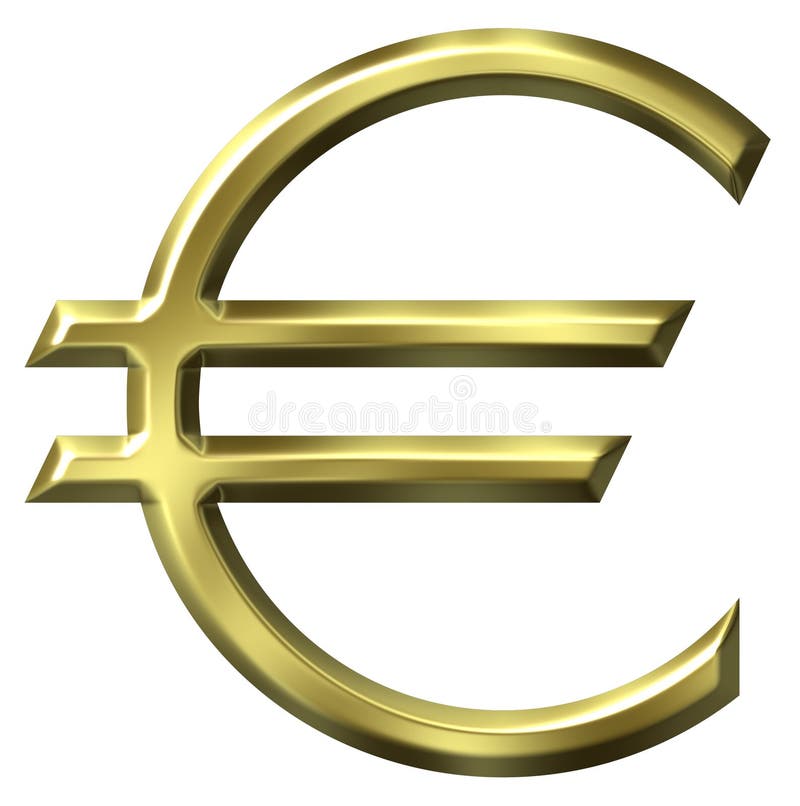Why The Euro Symbol Currency Is More Than Just A Sign
Picture this: you're walking through the bustling streets of Paris or enjoying a cup of coffee in Rome, and everywhere you look, there's this sleek little symbol – €. That's right, the euro symbol currency isn't just a random sign. It’s a powerful emblem of unity, progress, and economic strength across Europe. But have you ever stopped to think about what makes this symbol so special? It's more than just a currency – it's a cultural icon that millions rely on daily.
Let’s dive into the fascinating world of the euro symbol. This isn't just about money; it's about history, design, and how a single character can represent an entire continent. Whether you're a traveler, a businessperson, or just someone curious about global currencies, understanding the euro symbol currency will open your eyes to its significance.
In this article, we'll break down everything you need to know about the euro symbol. From its origins to its impact on modern economies, we'll explore why this little € has become such a big deal. So grab a drink, sit back, and let’s uncover the story behind one of the world's most recognized symbols.
Read also:Where Is R3 On Ps5 Controller The Ultimate Guide
What Exactly is the Euro Symbol Currency?
Alright, let’s start with the basics. The euro symbol currency, represented by the € sign, is the official currency of the Eurozone, a group of 20 countries within the European Union. It’s not just a currency – it’s a unifying force that connects nations with different languages, cultures, and histories under a single monetary system. Think of it as Europe’s way of saying, "Hey, we’re all in this together!"
Introduced in 1999, the euro quickly became one of the most traded currencies globally. Its symbol, €, is inspired by the Greek letter epsilon (Є) and the first letter of the word "Europe." The two parallel lines cutting through the symbol represent stability and strength. Cool, right? But the euro isn’t just about aesthetics. It plays a crucial role in global finance, trade, and even tourism.
For travelers, the euro symbol currency means no more exchanging money every time you cross a border. For businesses, it simplifies transactions across borders. And for economists, it’s a fascinating case study in how a single currency can impact an entire region. So yeah, the € is kind of a big deal.
How the Euro Symbol Was Born
Now, let’s rewind a bit and talk about how the € came to be. Back in the late '90s, the European Union was looking for a way to unify its members economically. They needed a symbol that would represent stability, unity, and progress. Enter the €. Designed by a team of experts, the symbol was chosen from over 30 proposals. The winning design was simple yet powerful – a reflection of the values the EU wanted to embody.
But here’s the fun part: the € wasn’t just about looks. It was carefully crafted to be practical too. For instance, the two lines running through the symbol make it easy to recognize and hard to counterfeit. And the curves of the symbol mimic the shape of the globe, symbolizing Europe’s place in the world. Pretty clever, huh?
The Importance of the Euro Symbol in Modern Economics
Let’s talk numbers. The euro symbol currency is the second most traded currency in the world, right after the US dollar. It’s used by over 340 million people daily, making it one of the most influential currencies globally. But why is the € so important? Well, for starters, it simplifies trade within the Eurozone. Imagine trying to do business across Europe without a common currency – it’d be chaos!
Read also:Jay Z Height Unveiling The Real Story Behind The Iconic Rapperrsquos Stature
For businesses, the euro symbol currency means fewer exchange rate fluctuations and lower transaction costs. For consumers, it means easier price comparisons and more transparent pricing. And for tourists, it means no more carrying around piles of different currencies. The € makes life simpler, which is why it’s become so popular.
But the impact of the euro goes beyond convenience. It’s also a symbol of economic stability. During times of crisis, like the 2008 financial meltdown, the € helped keep the Eurozone economies afloat. Sure, it’s faced its share of challenges, but overall, it’s proven to be a resilient currency.
Key Benefits of the Euro Symbol Currency
- Unified monetary system across the Eurozone
- Reduced transaction costs for businesses
- Increased price transparency for consumers
- Stability during economic crises
- Simplified travel and trade across borders
These benefits aren’t just theoretical. They’re real-world impacts that millions of people experience every day. Whether you’re buying groceries in Berlin or booking a hotel in Barcelona, the € makes life easier.
Design Secrets Behind the € Symbol
Ever wondered why the € looks the way it does? Well, there’s a lot more to it than meets the eye. The design of the euro symbol currency is a masterclass in simplicity and symbolism. As we mentioned earlier, the € is inspired by the Greek letter epsilon and the first letter of the word "Europe." But there’s more to it than that.
The curves of the symbol represent the dynamism and harmony of the European economy. The two parallel lines cutting through the symbol symbolize stability and strength. And the overall shape is designed to be easily recognizable, even from a distance. These design elements weren’t chosen by accident – they were carefully crafted to convey the values of the European Union.
But here’s a fun fact: the € wasn’t the only contender for the euro symbol. Other designs included a star-shaped symbol and a circle with lines radiating outward. In the end, the € won out because it was simple, practical, and packed with meaning. And honestly, it’s hard to imagine the euro without it.
Common Misconceptions About the €
There are a few myths floating around about the € symbol that need debunking. For starters, some people think the € is just a fancy version of the dollar sign. Wrong! The € has its own unique design and meaning. Another misconception is that the € was created solely for aesthetic reasons. Again, not true. The € was designed with functionality in mind, from its anti-counterfeiting features to its ease of recognition.
Finally, some folks believe that the € is only used in Europe. While it’s true that the euro symbol currency is the official currency of the Eurozone, it’s also widely accepted in other parts of the world. So if you’re traveling outside Europe, don’t be surprised if you see the € popping up in unexpected places.
The Impact of the Euro Symbol on Global Trade
Now let’s talk about the bigger picture. The euro symbol currency isn’t just important within Europe – it’s a major player on the global stage. As one of the most traded currencies in the world, the € has a significant impact on international trade and finance. But what does that mean for you?
For businesses, the € makes it easier to trade across borders. Whether you’re importing goods from Germany or exporting products to France, the euro symbol currency simplifies transactions and reduces costs. For investors, the € offers a stable and reliable option for diversifying their portfolios. And for travelers, the € means no more worrying about exchange rates every time you cross a border.
But the impact of the € goes beyond convenience. It’s also a symbol of economic power. Countries that use the euro are seen as stable and reliable partners in global trade. And that’s a big deal in today’s interconnected world.
How the € Competes with Other Currencies
So how does the euro symbol currency stack up against other major currencies? Well, it’s no secret that the US dollar is still king when it comes to global trade. But the € is giving it a run for its money (pun intended). In fact, the € is now the second most traded currency in the world, accounting for around 39% of global foreign exchange reserves.
But the competition isn’t just between the € and the dollar. Other currencies, like the yen and the renminbi, are also vying for a piece of the pie. So what gives the € its edge? Stability, for one. The euro symbol currency has proven to be resilient in the face of economic challenges. And with the Eurozone continuing to grow, the € is likely to remain a major player in global finance for years to come.
The Future of the Euro Symbol Currency
So where is the euro symbol currency headed? With the Eurozone continuing to expand and new countries joining the EU, the future looks bright for the €. But that doesn’t mean it’s without challenges. Issues like inflation, political instability, and global economic uncertainty could all impact the euro’s future. So what’s next for the €?
One possibility is the rise of digital currencies. As more and more transactions move online, there’s growing interest in creating a digital version of the euro. This could make the € even more accessible and convenient for users around the world. Another possibility is the expansion of the Eurozone to include more countries. With more members, the € could become even more powerful and influential.
But no matter what the future holds, one thing is certain: the euro symbol currency will continue to play a vital role in global finance. Whether you’re a traveler, a businessperson, or just someone curious about global currencies, the € is a symbol of unity, progress, and economic strength that’s here to stay.
Tips for Using the € Symbol in Your Daily Life
Ready to start using the euro symbol currency in your daily life? Here are a few tips to get you started:
- Learn how to type the € symbol on your keyboard
- Understand exchange rates and how they affect your money
- Use a currency converter app to stay up-to-date
- Keep an eye on economic news that could impact the €
- Consider opening a euro-denominated bank account if you travel frequently
These tips might seem small, but they can make a big difference when it comes to using the € effectively. And who knows? You might even find yourself falling in love with this little symbol that’s changing the world.
Conclusion: Why the Euro Symbol Matters
So there you have it – the story of the euro symbol currency. From its origins as a unifying force for Europe to its role as a major player in global finance, the € has come a long way. But it’s not just about numbers and economics. The € is a symbol of unity, progress, and strength that millions of people rely on daily.
As we’ve seen, the euro symbol currency isn’t just a currency – it’s a cultural icon. Whether you’re a traveler, a businessperson, or just someone curious about global currencies, understanding the € can open your eyes to its significance. So the next time you see that little € symbol, take a moment to appreciate everything it represents.
And now it’s your turn. What do you think about the euro symbol currency? Leave a comment below and let us know. Or better yet, share this article with your friends and start a conversation. After all, the more we talk about the €, the more we can appreciate its impact on our world. So go ahead – spread the word about this little symbol that’s changing the game!
Table of Contents
- What Exactly is the Euro Symbol Currency?
- How the Euro Symbol Was Born
- The Importance of the Euro Symbol in Modern Economics
- Key Benefits of the Euro Symbol Currency
- Design Secrets Behind the € Symbol
- Common Misconceptions About the €
- The Impact of the Euro Symbol on Global Trade
- How the € Competes with Other Currencies
- The Future of the Euro Symbol Currency
- Tips for Using the € Symbol in Your Daily Life
Luis Zahera 2025: The Rising Star Of Tomorrow
Best Slings Rides Worldwide: A Thrill-Seeker's Ultimate Guide
October 24 Personality: Unveiling The Traits And Mystique Of Libra Scorpio Cusp

Euro Sign Currency Symbol, PNG, 706x981px, Euro Sign, Black, Black And

Euro Currency Symbol. Black Silhouette Euro Sign Stock Vector

Euro Symbol Currency